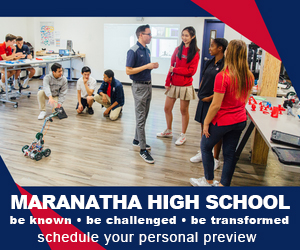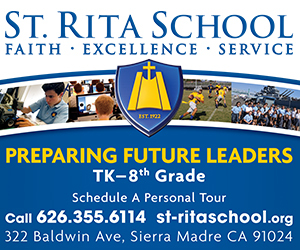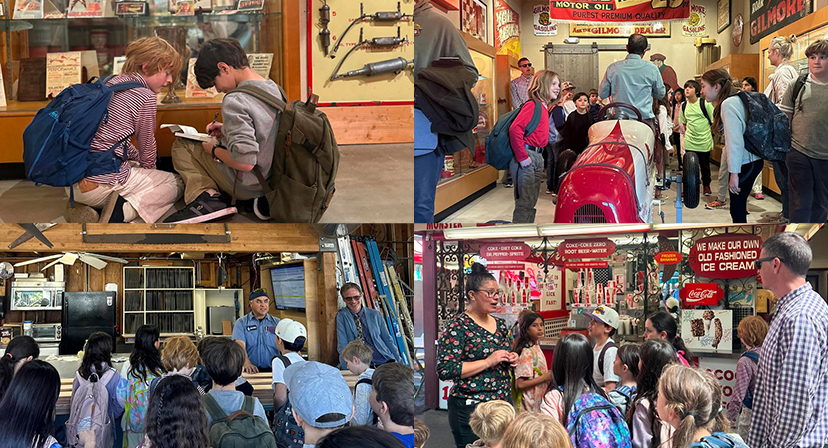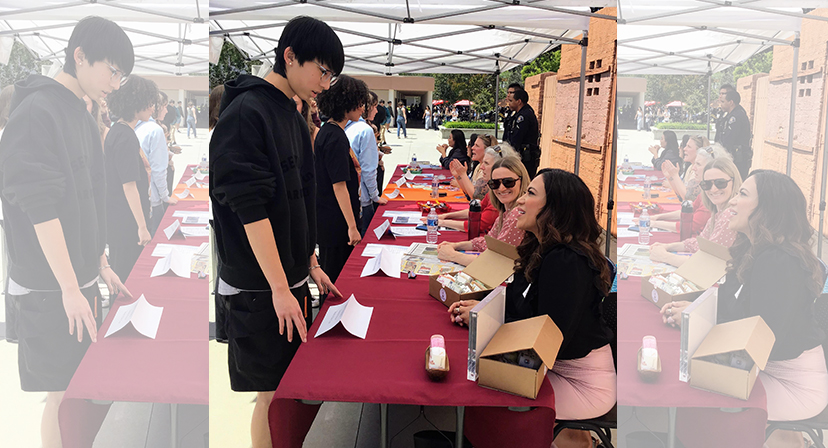Clairbourn School: Set Your Child Up for Home-Study Success
With school starting up in Remote Learning formats at almost all school locations, now is a great time to set up your child with everything they need to support their home studies.
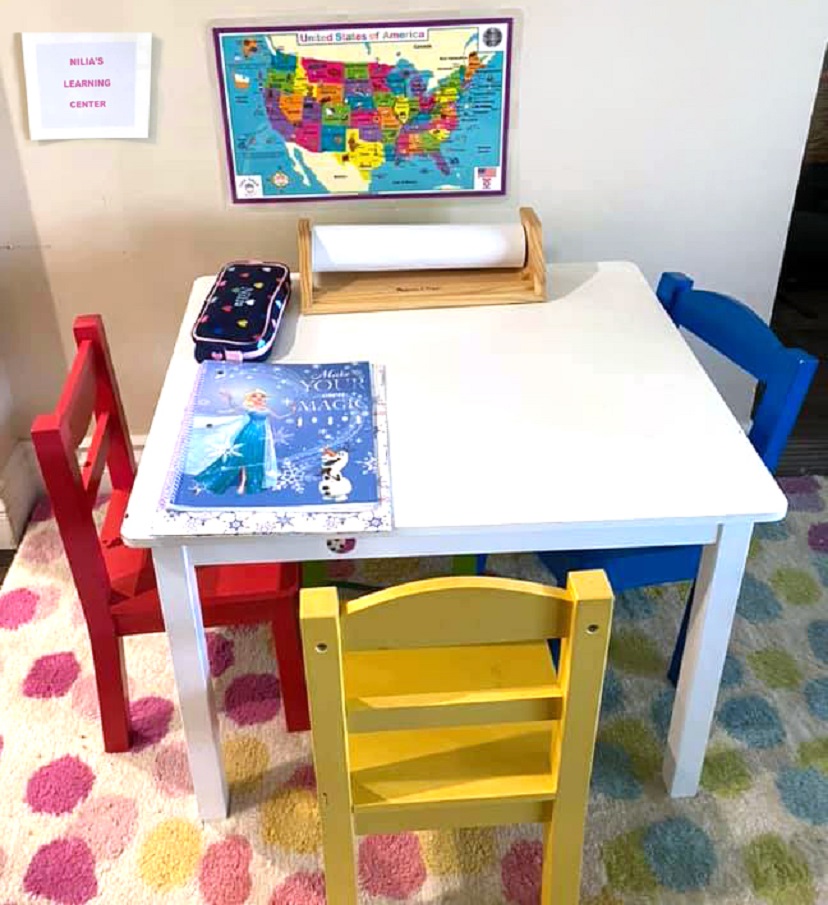
Begin by considering a properly-equipped location in your home where your child can learn. Experts say that, “Without a specific learning spot, young learners can be easily distracted, they don’t have supplies they need nearby, and there’s no sense of consistency. The family couch, then, as comfortable and easy as it seems, may not be the right option for young children needing to learn about routines, early education, and self-regulation.”1
While assessing the available space in the home, ask yourself what type of setup would provide the most consistency in your child’s learning? Would portable learning boxes for different subjects work best, or would it work better to create a designated area of the house where they have everything out and ready? Are there electrical outlets to plug in lights and to keep devices charged? Should there be a simple or a stimulating environment for my child? What are their favorite things to look at and interact with to keep them engaged?1
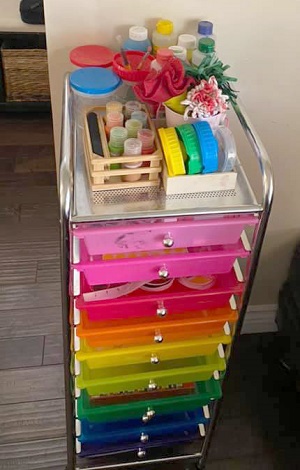 Creating a Learning Space for Very Young Children
Creating a Learning Space for Very Young Children
At-home learning for young children is best supported when you can create a colorful and stimulating area personalized to the child with a reading zone, a structured play zone (puzzles / stacking games / pretend cooking sets), and an imaginative play zone (art supplies / an easel with paper / and building sets).2
• Provide open, child-height shelves stocked with only a few items designed to help your child choose their next activity on their own.
• Label each area of their learning zone.
• Hang up inspiring images and posters aligned with their interests.
• Include a bulletin board to display their drawings.
• Have a clearly posted schedule (avoid posting stern rules).
• Add comfortable elements like cushions, a bean bag chair, or a cozy blanket.
• Make sure the space is well lit.
• Make sure you can keep an eye on your child as they work in this location.
Creating a Learning Space for Older Children
Anticipating the equipment, furniture, snack requirements, and environmental needs of older students will go a long way in helping them to stay on track with school work.2
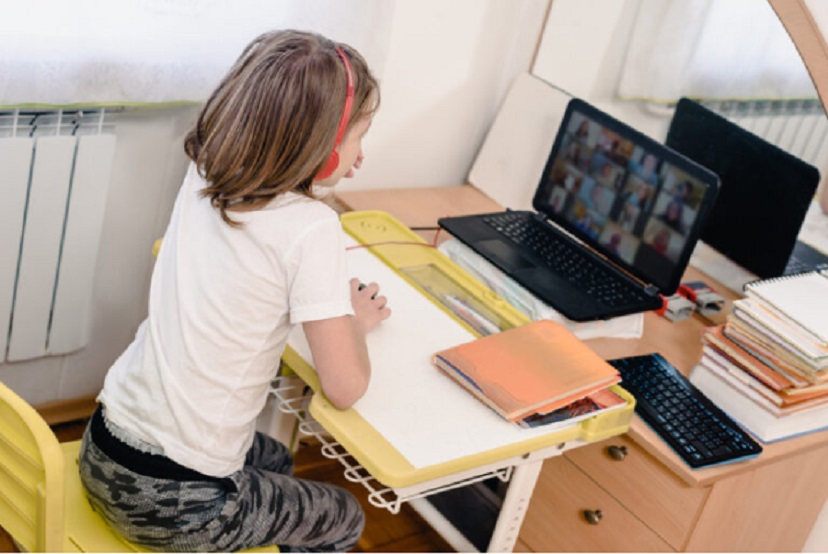
• Create a dedicated work area without lots of distractions.
• Supply your child with a work desk, chair, white board, and good lighting—all of which communicate that this is a space for real learning.
• Have a clearly posted schedule on the wall.
• Make sure the chosen location will have peace and quiet. If noise is an issue, buy some headphones (some come with built-in microphones).
• Make sure there is enough room to lay out work on the desktop and maintain a sense of order.
• Ensure that the space is free from non-school related items.
• Get some desktop organizers for books and paperwork.
• Provide some containers for school supplies like pencils, erasers, and Post-It Notes.
• Try to keep distracting pets out of the learning space.
• Be sure that any non-school related technology is removed from the learning space.
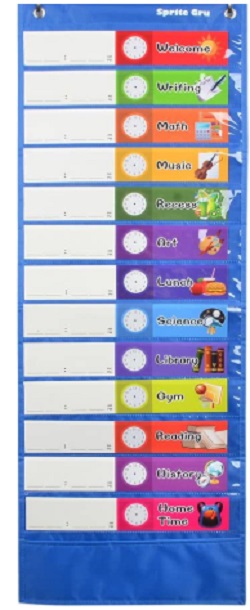
A Schedule and Routine are Vital!
The universal secret among successful at-home learners is sticking to a consistent routine and schedule. Parents can use a schedule provided by the school as a starting point, but wisdom dictates adapting it to the child’s personal needs for breaks or snacks.2
To minimize distractions, snacks should be scheduled so hunger is not used as an excuse for a child to get up and avoid a task. Healthy snacks like fruit and nuts support learning because they are known for providing consistent energy and their nutrients support focus.
When establishing a routine for young students, in addition to providing them with a visual chart, try to keep their schedule consistent. Experts advise that, “Predictability is key for your young learners. Spend the first few weeks establishing routines and procedures and then gradually release control to your child.”3
Plan Ahead for Break Time
For older children, be ready with a curated list of short brain-break activities to refocus their minds and keep them refreshed so they can resume productive work.
For younger children, “Remember, your child doesn’t spend six hours a day sitting in one place at school. They also go out to play, move tables, go into the hall for assemblies and PE, and more. Give your child space and freedom to move around as they tackle different activities each day. For example, you could put blankets and cushions on an armchair in the living room to use as a comfy reading corner, have a messy area for art projects and creative learning, play board games or build with LEGO in their bedroom, and of course, use your garden or other open spaces you have access to for ‘PE’ and ‘break time.’”4
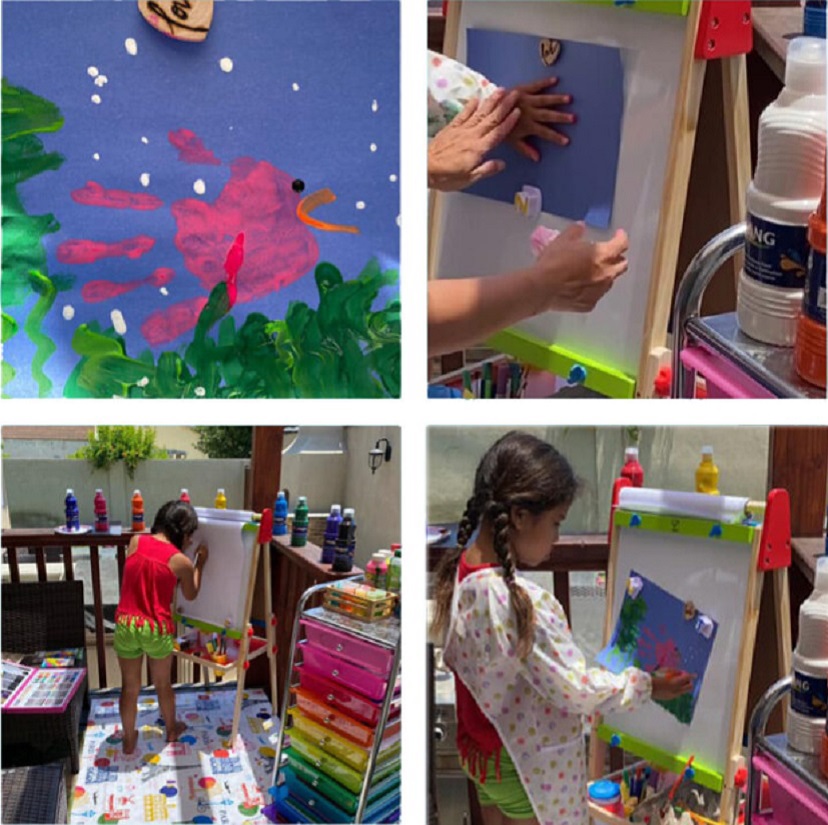
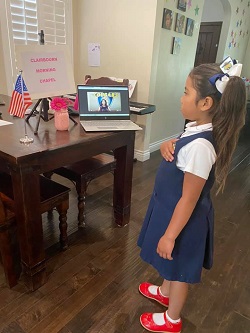
Use Sensory Cues to Communicate School is in Session
• Dress for success: Having your child get in the habit of wearing the normal school uniform during learning hours can help define the school-day and reinforce a study-mode mindset.
• Ring a bell at the start of school each day, or set audible reminders on a virtual assistant like Alexa to reinforce the schedule.
• Diffuse an aromatherapy scent, such as mint, as a sensory cue that school is in session and it’s time to learn.
Advice for Parents Supervising Remote Learning:
• Watch out for task avoidance. Children who start to act out when it is time to do a certain subject are often challenged to understand it. When that occurs, work with the child’s teacher to discover the nature of the obstacle in that subject.2
• Resist the temptation to do your child’s work or answer the questions. Instead train your child to reach out to the teacher with their questions, or encourage the child to describe the problem they’re having and talk to you about the tools they were given to solve the problem.2
• Understand that everyone’s situation is different. In the end, you have to do what works for your family and your child.
Clairbourn School does not endorse any of the products listed on this page.
1 “How to Create an At-Home Learning Space for Your Child,” n.d., https://www.waterford.org/resources/how-to-create-an-at-home-learning-space/ (accessed August 3, 2020)
2 Kealia Reynolds, “How to Create a Learning Environment in the Home,” Updated May 15, 2020, https://housemethod.com/blog/how-to-create-a-learning-environment-in-the-home/ (accessed August 3, 2020)
3 Andrea Goetchius and Lauren Acree, “Tips For Setting Up An At-Home Learning Environment For Young Students,” July 28th, 2020, https://www.edelements.com/blog/tips-for-setting-up-an-at-home-learning-environment-for-young-students (accessed August 3, 2020)
4 “How to Create a Home Learning Environment,” n.d., https://www.theschoolrun.com/how-to-create-a-home-learning-environment (accessed August 3, 2020)
Clairbourn School Provides Private School Education for Preschool, Kindergarten, Elementary School, and Middle School Grades | Serving Families in the Pasadena, California, Area and Surrounding Cities (K-12 Private Schools) Clairbourn is a 501(c)3 charitable organization. Click here to request information.
Clairbourn School, 8400 Huntington Drive, San Gabriel, (626) 286-3108 or visit www.clairbourn.org.





